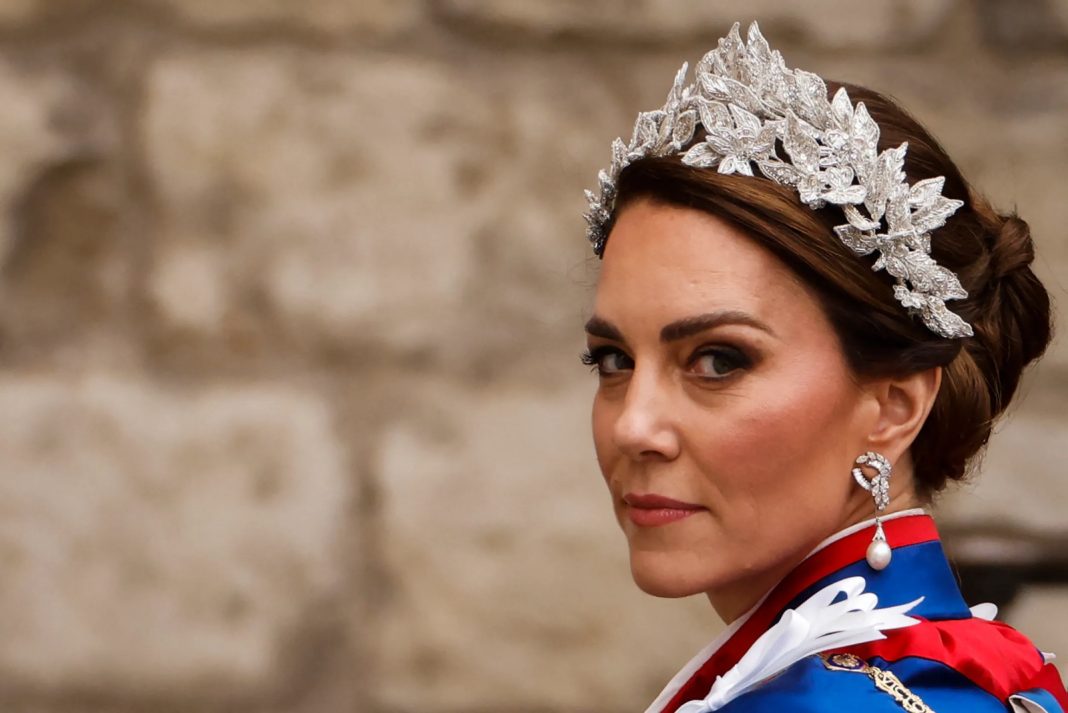LONDON, UK – A resurfaced report claiming that the Princess of Wales, Kate Middleton, was treated for “pre-cancerous cells” has reignited controversy over the handling of her health crisis earlier this year.
The rumour, which went viral over the weekend, has drawn attention to Kensington Palace’s opaque communications strategy and its mishandling of a critical period in royal news management.
The story traces back to a September report by Rhiannon Mills, senior royal editor for Sky News, a member of the royal rota—a semi-official collective of journalists who liaise with the palace on coverage.
The report claimed that Kate had been treated for “pre-cancerous cells,” a phrase now hotly disputed by both Kensington Palace and Sky News.
Last week, reputable journalists reportedly contacted the palace to clarify the claim, but no corrections were made until Tuesday, when Sky News quietly amended the article to remove the reference.
Mills has not responded to requests for comment, and the palace continues to decline official remarks, saying the term “pre-cancerous cells” was never part of their statements.
A Year of Speculation and Mistrust
Kate’s health became a matter of public intrigue earlier this year when she disappeared from public view for weeks, sparking widespread speculation about her condition and her marriage.
This culminated in a Mother’s Day photo released by Kensington Palace that faced allegations of being digitally altered.
Critics accused the palace of using the doctored image to mislead the public about Kate’s health and whereabouts, an accusation the palace denied.
The backlash intensified when global news agencies declared William and Kate’s office an unreliable news source, leading to the unprecedented release of two videos where Kate publicly discussed her health.
In one video, she announced she was “cancer-free,” though the palace discouraged the press from using the term, citing a disconnect between Kate’s statements and the press office’s preferred messaging.
The Re-Emergence of ‘Pre-Cancerous Cells’
The controversy resurfaced when Mills’ original report, which appeared unnoticed in September, went viral.
The report described Kate’s condition as “pre-cancerous cells,” raising questions about the accuracy of earlier statements and fuelling scepticism over the palace’s transparency.
Kensington Palace has maintained its silence, refusing to clarify whether the term was used internally.
Sources suggest a significant gap between the palace’s press office and senior royals, adding to the confusion.
A Crisis of Credibility
The handling of Kate’s health crisis has highlighted a broader issue of trust between the royal family and the media.
The palace’s half-transparent communications strategy, coupled with the fallout from the allegedly doctored photo, has undermined its credibility.
Critics argue that the lack of clarity only fuels speculation, detracting from the royals’ efforts to control the narrative.
As the debate continues, the palace’s refusal to comment leaves key questions unanswered, casting a shadow over one of the most tumultuous years in royal public relations.







